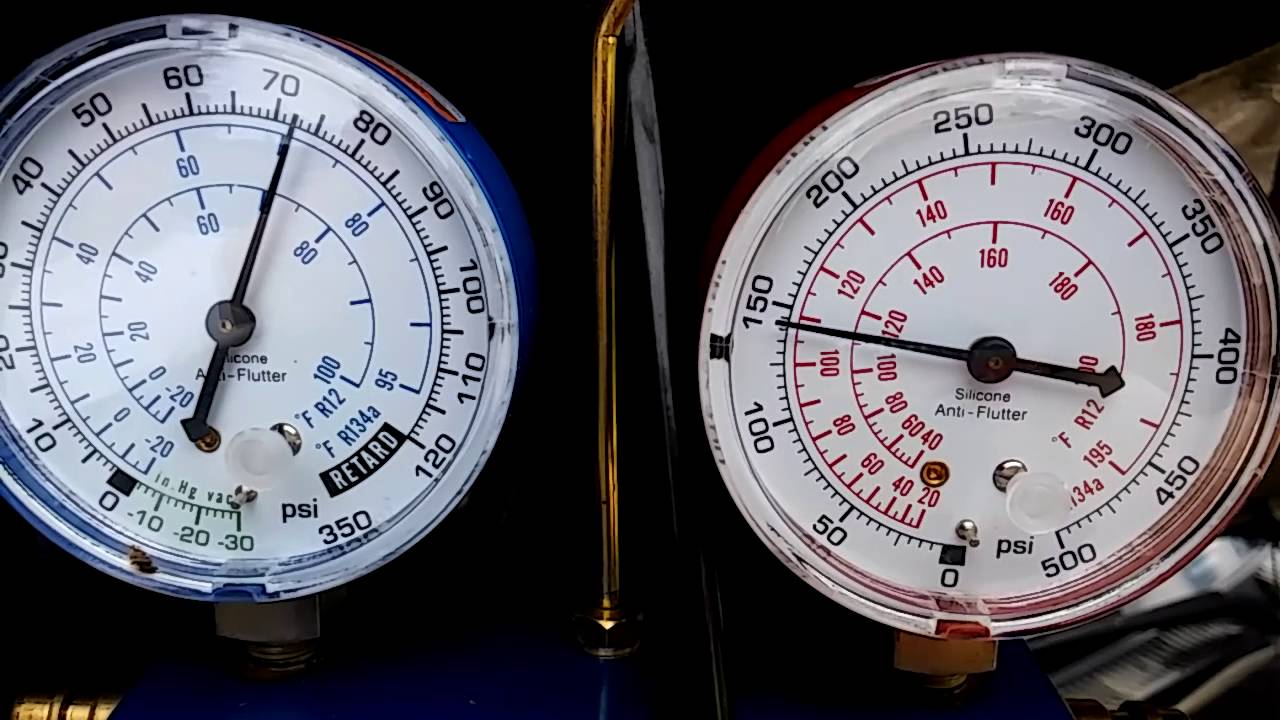Car Safety Technologies
Automakers computerize cars and expand the list of standard car safety technologies. Most of these features are designed to help prevent or avoid an accident. They can also help reduce the severity of one by slowing the vehicle before an impact.
Many of the crash avoidance features are so new that we don’t know yet whether they’re helping drivers avoid crashes. But these features are giving driver more security then before.
Here’s a rundown of those safety features to consider:
- Adaptive cruise control
Modern cruise control goes beyond just maintaining a constant speed. Thanks to sensors and the use of radar, cruise control can now adjust the throttle and brakes to keep a safe distance from the vehicle in front of you if there are changes in traffic speed or if a slowpoke cuts in. If the system senses a potential collision, it typically will brake hard and tighten the seatbelts. This uses forward-looking sensors like radar and cameras to monitor the distance to a lead vehicle. The system will automatically slow the vehicle down in traffic to maintain a safe following distance without the driver having to do anything. As traffic speeds up, the vehicle accelerates to maintain the preset speed.
- Emergency brake assist/collision mitigation
This brake technology is different from an anti-lock braking system or electronic brake force distribution. In that it recognizes when the driver makes a panic stop and will apply additional brake pressure to help shorten the stopping distance. It may also work in conjunction with the smart cruise control or stability control system in some vehicles if it senses a potential collision. It is often called brake assist, although BMW, for example, refers to it as Dynamic Brake Control.
- Adaptive cruise control
Modern cruise control goes beyond just maintaining a constant speed. Thanks to sensors and the use of radar, cruise control can now adjust the throttle and brakes to keep a safe distance from the vehicle in front of you if there are changes in traffic speed or if a slowpoke cuts in. If the system senses a potential collision, it typically will brake hard and tighten the seatbelt. Once it knows the lane is clear or traffic has sped up, it will return your car to its original cruising speed, all without your input. Of course, you may override the system by touching the brakes.
- Lane-departure warning
This is similar to blind-spot-assist technology but with more range. It judges an approaching vehicle’s speed and distance to warn you of potential danger if you change lanes. It can also warn if it determines your car is wandering out of the lane, which could be useful if you become distracted. This could come in the form of a vibration through the seat or steering wheel, or an alarm. Down the road expect lane-departure warning to even be able to monitor body posture, head position and eye activity to decide if the driver is falling asleep and the vehicle is behaving erratically. At that point, the system may even be capable of slowing the car down and engaging stability control.
- Dual-stage airbags
All humans are not created equal, and airbags are evolving to compensate in the form of low-risk, multistage and occupant-sensitive deployment. Technology can now sense the different sizes and weights of occupants as well as seatbelt usage, abnormal seating position (such as reaching for the radio or bending to pick something off the floor), rear-facing child seats and even vehicle speed. While driver, passenger and side curtain airbags are nothing new, sensing airbags are popping up everywhere.
- Blind-spot detection
This technology is designed to alert you to cars or objects in your blind spot during driving or parking, or both. Usually it will respond when you put on your turn signal; if it detects something in the way, it may flash a light in your mirror, cause the seat or steering wheel to vibrate, or sound an alarm. This is more of a short-range detection system.
- Rollover prevention
Most automakers offer an electronic stability control system, and some offer a preparation system. However, what we’re talking about is more intelligent than that. If the system senses a potential rollover, it will apply the brakes and modulate throttle as needed to help you maintain control. DaimlerChrysler calls it Electronic Roll Mitigation, Ford named it Roll Stability Control, and GM’s is Proactive Roll Avoidance. Range Rover’s is Active Roll Mitigation, while Volvo’s is called Roll-Over Protection System. But they all have the same goal.
- Adaptive headlights and/or night-vision assist
Night vision can be executed in different forms, such as infrared headlamps or thermal-imaging cameras. But no matter the science, the goal is the same: to help you see farther down the road and to spot animals, people or trees in the path even at nearly 1,000 feet away. An image is generated through a cockpit display, brightening the objects that are hard to see with the naked eye. Adaptive headlights follow the direction of the vehicle. They may also be speed-sensitive (changing beam length or height), or compensate for ambient light.
- Occupant-sensitive/dual-stage airbags
All humans are not created equal, and airbags are evolving to compensate in the form of low-risk, multistage and occupant-sensitive deployment. Technology can now sense the different sizes and weights of occupants as well as seatbelt usage, abnormal seating position, rear-facing child seats and even vehicle speed. While driver, passenger and side curtain airbags are nothing new, sensing airbags are popping up everywhere.
- Rearview camera
Rearview cameras not only protect your car, but also protect children and animals from accidental back-overs. Backing up your car has graduated from side mirrors tilting down or causing chirps and beeps to real-time viewing. New-school tech involves a camera that works with the navigation system to provide a wide-open shot of what’s happening behind you to help with parking or hooking up a trailer.
- Emergency response
There are a variety of ways vehicles now and in the future will handle an emergency situation. For example, DaimlerChrysler’s Enhanced Accident Response System (EARS) turns on interior lighting, unlocks doors and shuts off fuel when airbags deploy, while Volkswagen’s also switches on the hazards and disconnects the battery terminal from the alternator. In addition, GM’s OnStar and BMW Assist both alert their respective response centers of the accident and make crash details available to emergency personnel.
Auto safety has risen to another level with modern technology. Today the technology is being used extensively in auto manufacture for the benefit of the motorists, passengers and pedestrians. Its making driver more comfortable and more safer.














